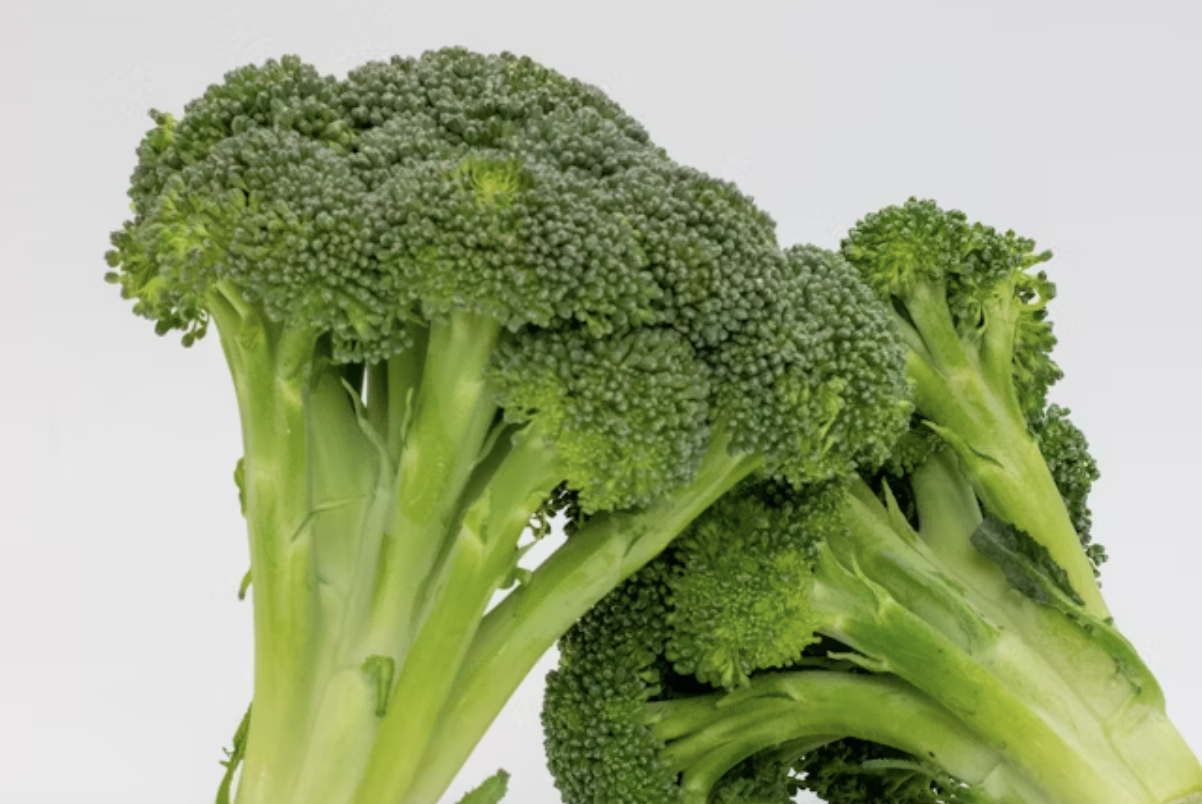5 Benefits of Making Music Your Medicine

As we wade into the still-choppy waters of the new year, we’re realizing that the upheavals we’ve been living through are likely not going away any time very soon. So, for now, it’s about staying the course, continuing to embrace activities that help support our mental and physical wellness – despite the ‘chaos fatigue’ so many of us may be experiencing.
As you probably know by now, movement, stress reduction, good rest and a healthy diet are essential, especially so in tough times. But music is one often overlooked health-booster that no sanity-saving toolbox should be without. Music has the power to heal, to encourage feelings of well-being and to soothe a stressed-out mind – making it the perfect elixir for our current moment. Listening to music is one of the healthiest ways I know to self-medicate and I encourage everyone to dose up frequently to enjoy its transformative benefits. Here are a few thoughts on putting healing sound to work for you:
Put soothing, healing sounds on your self-care agenda.
For decades we’ve known that sound influences both mind and body – it’s a powerful stimulus that activates numerous regions in the brain, impacting how we feel and how we behave. What goes on in the mind and the body when you tune into sound? Lots more therapeutic benefits than you may realize. For starters, think reduced blood pressure; fewer and milder symptoms of stress, anxiety and depression; reduced risk for heart disease and stroke; enhanced immunity, digestion and motor skills; and better regulation of stress-related hormones. And, when used in intentionally therapeutic settings, music can even help restore some of the cognitive functions of the brain after a traumatic injury and offer a measure of relief for people struggling with debilitating mental health conditions like PTSD. What’s more, for those with heart issues, research has found that listening to 30 minutes of music a day significantly reduces the risk of further heart health problems after a heart attack – just one more wonderful reason to tap into the healing power of sound.
Get your musical dose on demand.
Even if you’re more concerned with run-of-the-mill anxiety or mood challenges – pandemic-inspired or otherwise – the right sounds can be your healing balm. The music industry is tapping into the latest research on how sound influences the brain to develop new artists whose soundscapes target wellness -- this isn’t your momma’s ‘new age’ music of the ‘80s and ‘90s. And this genre of ambient, trance-like, “wellness music” is going mainstream, widely available as apps like Calm and Myndstream.com, and on all the big-name streaming services like Sirius XM, Pandora, Spotify, Amazon, and Apple Music. As the kids would say, it’s most definitely ‘a thing,’ and it’s well worth working into your daily self-care routine. Good sleep, relaxation, meditation and concentration just got a lot easier!
Tune up – and into—good rest.
Dropping yourself into a relaxed, meditative alpha or theta brain-wave state requires the right type of music, so ditch the heavy metal if you’ve got chillin’ on your mind. To get to the right brain-wave place, the music you choose must have fewer beats per minute than your resting heart rate, to guide you into a calm and healing head space. Choosing music in the sixty BPM range is usually a good bet, and the work of Jonathan Goldman is often my first choice for helping my patients access those quieter states of body and mind. Goldman is a premier sound healer, an expert in the field of harmonics, and his music is downright otherworldly, weaving together sounds from ancient religions, mantras, and multicultural musical traditions. (Compare that to the cringe-y, pan-flute-heavy stuff that used to pass for ‘new age.’) Frequencies is Goldman’s “best-of” sound-healing album that’s excellent for relaxation and healing anytime, anywhere, that is, as long as you’re not operating heavy machinery!
Ride the sonic waves.
Whenever it’s safe again for in-person classes, try signing up for yoga or tai chi classes that feature live music like cello, harmonium, or flute, with or without vocalists. You can also search for local (live) “sound meditations” and “sound bath” experiences at wellness studios and spas, where you lie in a state of relaxation while practitioners create stress-busting soundscapes using kundalini yoga gongs, crystal bowls, tuning forks, or synthesizers tuned to specific frequencies. In addition to experiencing deep relaxation, sound bathers report that slipping into theta state, the bandwidth of intuition and insight, stimulates greater self-awareness and creativity. Until live, in-person experiences are once again possible, try unwinding with one of the many sound baths on YouTube.com, be it a quick 11-minute ‘singing bowls’ session, or an extended, 3-hour experience.
Take sanctuary in sound.
After too many months of Zoom calls all day, Netflix at night and doom-scrolling in-between, the time to start dialing down the visual stimuli is now! Start consciously building in time for regular screen breaks, using sound-as-medicine to retreat from the exhausting visual world. Or, if focus, mindfulness or concentration is what you’re after, immersing yourself in gentler, curated sounds can have a powerful and positive effect on those practices as well.
To get your daily (or more!) dose of wellness music, YouTube is a great place to discover types of sound that resonate with you. If you’re not sure where to begin – there is a tremendous amount of musical content out there these days – start by searching for soothing, curated playlists with words like chill, relax, focus, calm, bliss, sound bath, singing bowls in their titles. Whatever mood you’re in, finding sounds to match it, change it or uplift it is as easy as pressing play.
The sonic bottom line is that these soothing sounds offer our psyches a physical and mental vacation on demand, and the opportunity to create freeing moments of peace and calm no matter what may be going on around us. My advice? Repeat as often as needed.

















